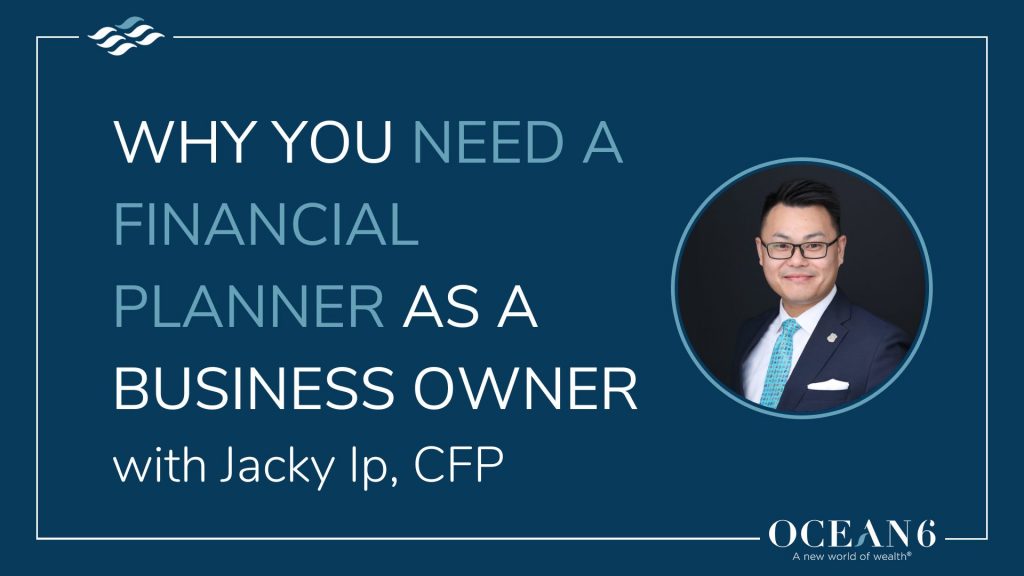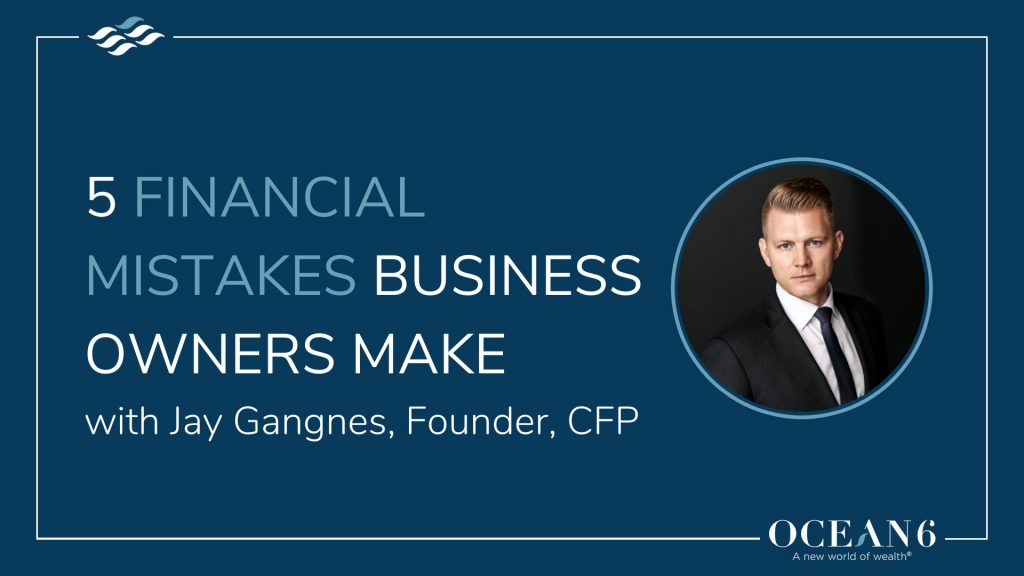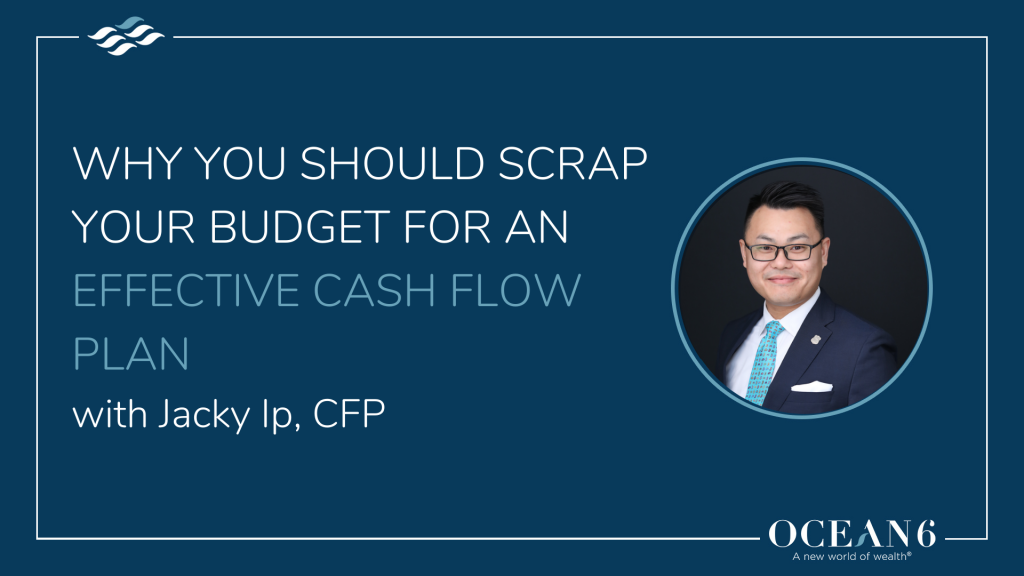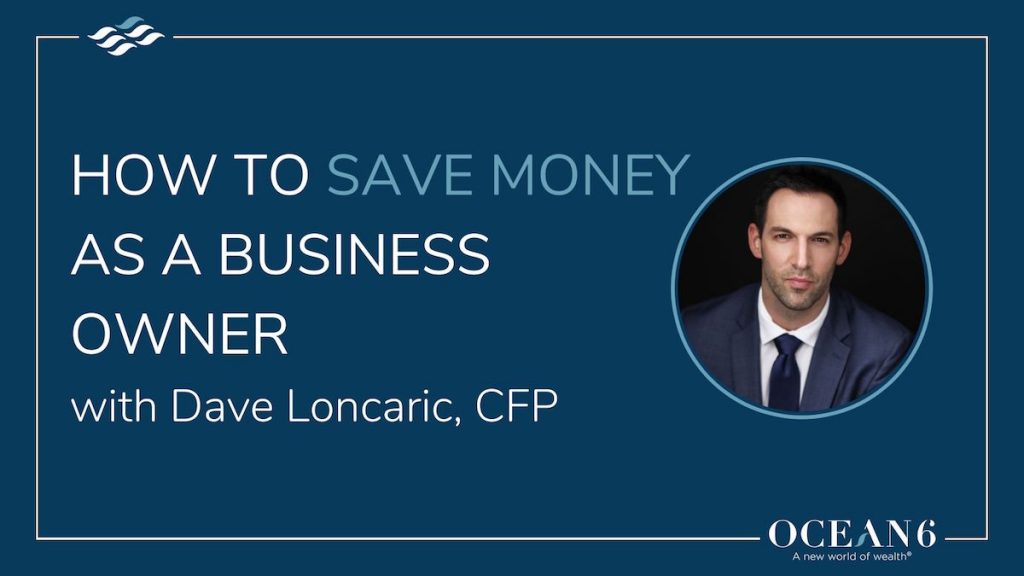Many business owners find it hard to properly structure their cash flow and they end up paying more tax. Without a cash flow plan, your ability to allocate money towards your goals is lowered, preventing you from achieving what you want in life.
In this blog, we will explain how to structure your cash flow and get a clear picture of where your money is going.
3 Steps To Proper Cash Flow Planning
1. Do a full inventory of your spending
There are many websites and apps you can download to help you with this process. Even a simple pen and paper would work. After you record all your expenses, make sure to remove any expenses paid for by your corporation.
2. Eliminate the corporate expenses from your cash flow plan
Take a look to see if there are other expenses you could be paying from your corporation. Paying expenses from your corporation saves you money because you’re paying with dollars taxed at 11%, as opposed to a higher personal tax rate. Life insurance is an example of an expense that should always be paid by your corporation.
As a side note, be sure to make your corporation the owner and the beneficiary of any life insurance policies. (Don’t miss this effective insurance strategy for business owners)
If you’re unsure of what expenses can be paid through your corporation, reach out to your accountant for some guidance.
3. Separate your committed expenses from your spendable expenses
Committed expenses include your mortgage, rent, gas, heating, hydro, internet, cable, etc. These are expenses you must pay each month, but never emotionally overspend on. What we mean by that is that you’re not going to have a tough week at work and go buy a bunch of gas, or overpay on your cable bill. For the most part, committed expenses remain consistent month-to-month.
Spendable expenses are items people tend to overspend on in relation to their emotional state. These are active expenses such as groceries, dinners, movies, spin classes, etc. For example, if you had a long week at work, you may go out for dinner and spend more than you had planned.
How much should you allocate to Committed and Spendable Expenses?
Typically, this is how you want to allocate your net income: about 50% to committed expenses, 25% to spendable expenses, and the final 25% towards your goals.
If any of the goals you’re allocating savings towards are more than a couple of years out, keep that savings inside the corp and decrease the dividend that you’re paying yourself by that amount.
Pay With Cash To Build Better Spending Habits
The goal of structuring your cash flow is to become more aware of where your money is going and ensure you’re getting what you want out of your money. It is also to assure that you are putting your money towards your goals and the things you love.
To help build the habit of sticking to your allocated spendable cash, we strongly recommend paying these expenses with cash for at least a couple of months.
Calculate what your spendable amount is for each week and choose the same day every week to withdraw that amount from your bank. You will become more aware of how much you spend when you consistently pay with cash. For example, when you pay for a $300 dinner with cash, there is a different feeling associated with how much that dinner costs.
You’ll miss out on accumulating credit card points for a couple of months, but the value of developing and adhering to your cash flow plan will outweigh any points you missed out on.
(Here are 3 steps to a successful cash flow plan)
Quick Tips For Managing Your Cash Flow
To better manage your cash flow, here’s a summary of our top tips to help you get clear on where your money is going:
- Complete a full spending inventory
- Separate your spendable and personal expenses
- Pay for as many expenses you can from your corporation
- Separate your committed and spendable expenses
- Save for your short-term goals outside the corporation and your long term goals inside your corporation
- Aim to allocate the same amount of cash per week to your spendable items (typically around 25% of your net income)
- Try using cash for 60 days to develop the habit of adhering to the same weekly spending
If you want to learn how to make a cash flow plan and get clear on where your money is going, book a call. We’d love to run you through our full financial Blueprint process.












